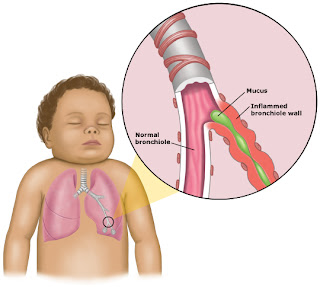Homeopathy stimulates our natural healing processes by the use of micro-dosage medicines that closely match the specific, unique manner in which each of us responds to illnesses that we present with. Let us consider a common example, allergy. Individuals having allergy present with a range of conflicting symptoms. Their associated characteristics also vary in many ways, including the type of sneezing, the form of eruption, if any, what gives relief, or what aggravates the condition. Some individuals with allergy may have a burning sensation, or fiery rash, but would possibly desire, or feel better by, warmth — perhaps, a hot cup of coffee!
Homeopathy suggests that symptoms are the body’s warning signs and failed attempts to restore balance, harmony, health and well-being. Homeopathy takes each of them into consideration to select the closest remedy that will, for the most part, fit the remedy picture — of the medicine that can cause the same condition in health — and, enhance the given individual’s unique response to the offender, or pathogen, associated with allergy. From the homeopathic standpoint, 15-20 different individuals with allergy, as we have often seen at Dr Batra’s Clinic, may need as many homeopathic remedies — to treat the specific, characteristic reaction that their body produces.
When conventional medical researchers attempt to evaluate the clinical efficacy of homeopathy, it is typically subject to the conventional medical model. This is erroneous; not rational. Because, one or two homeopathic medicines cannot be prescribed to dozens, or hundreds, of patients with the same diagnosis, with no thought given to the unique, different manifestations of the process of illness in each individual, or how each person reacts in health and illness.
An article published in the respected conventional medical journal, The Lancet, analyzed 185 studies. It concluded that the clinical effects of homeopathy are not simply placebo, or dummy pill, effect. A study published in Microvascular Research, another conventional medical journal, analyzed the microcirculatory effects of a homeopathic preparation, using advanced vital microscopy techniques. After 12 weeks of treatment, patients receiving a homeopathic preparation exhibited improvement in all parameters measured. A more recent, highly advanced study completed in South Africa




